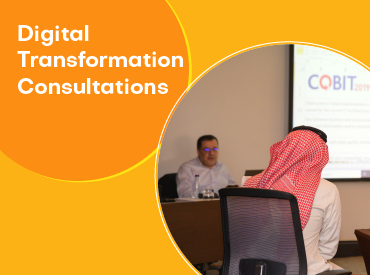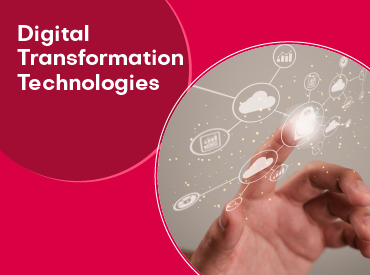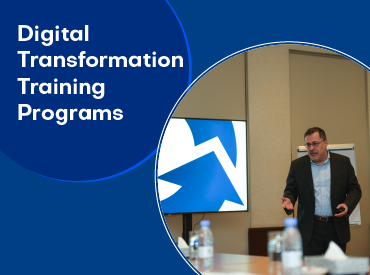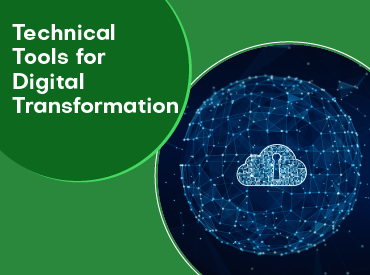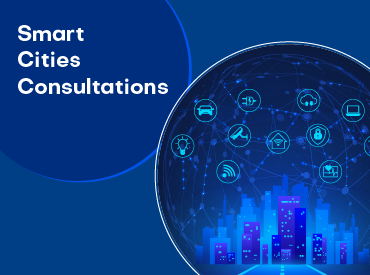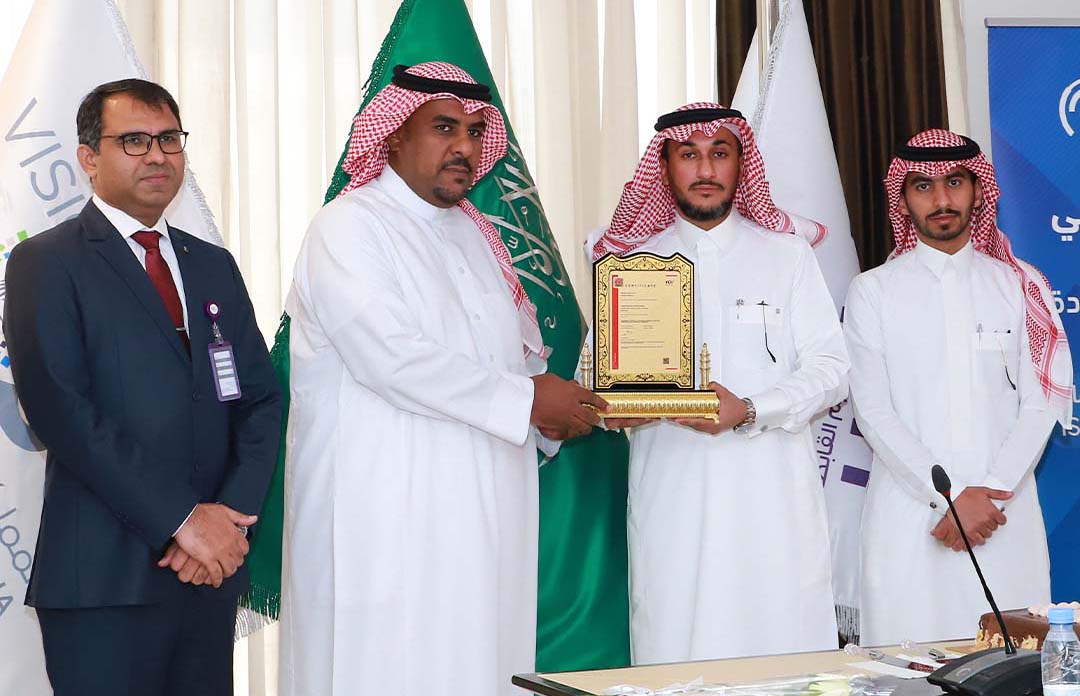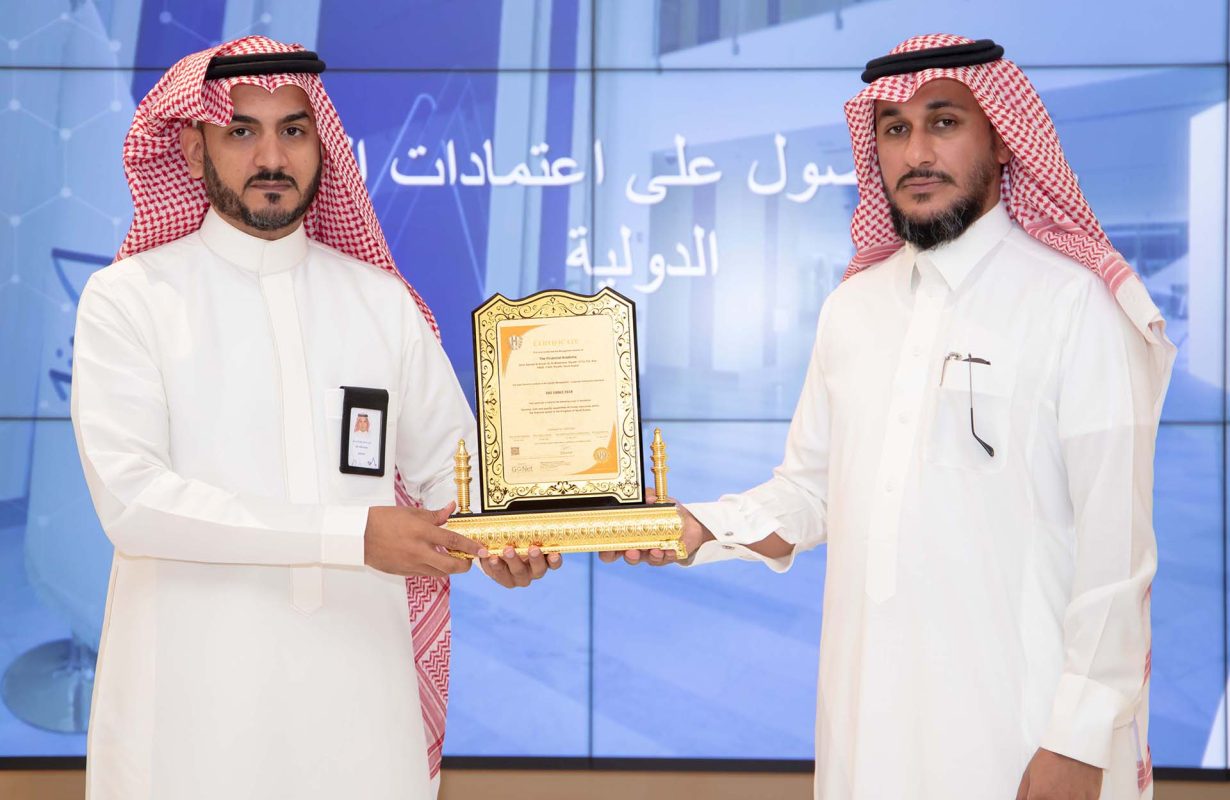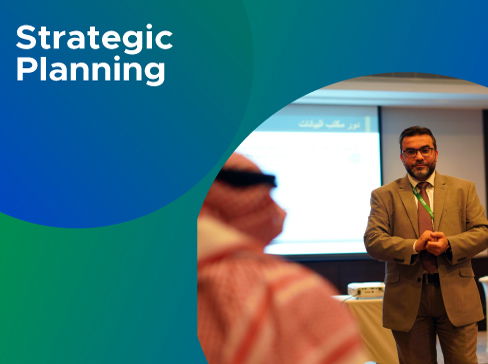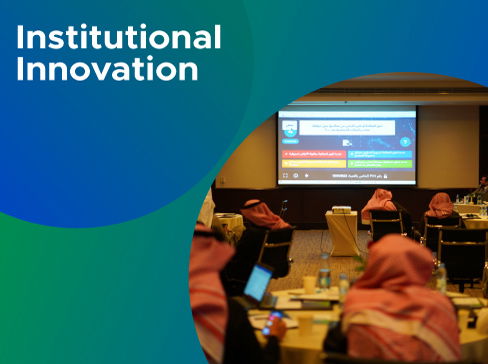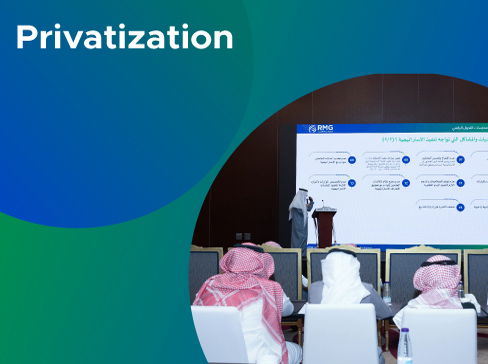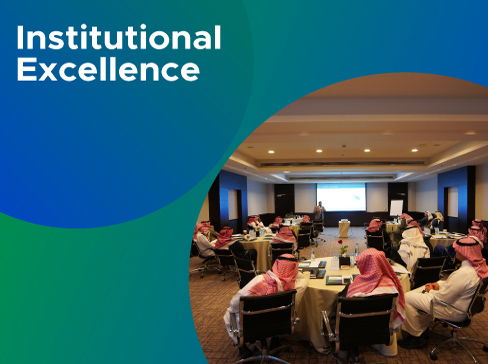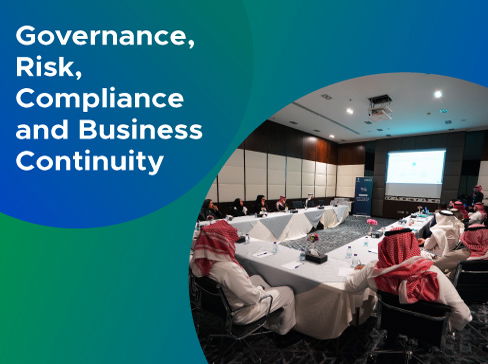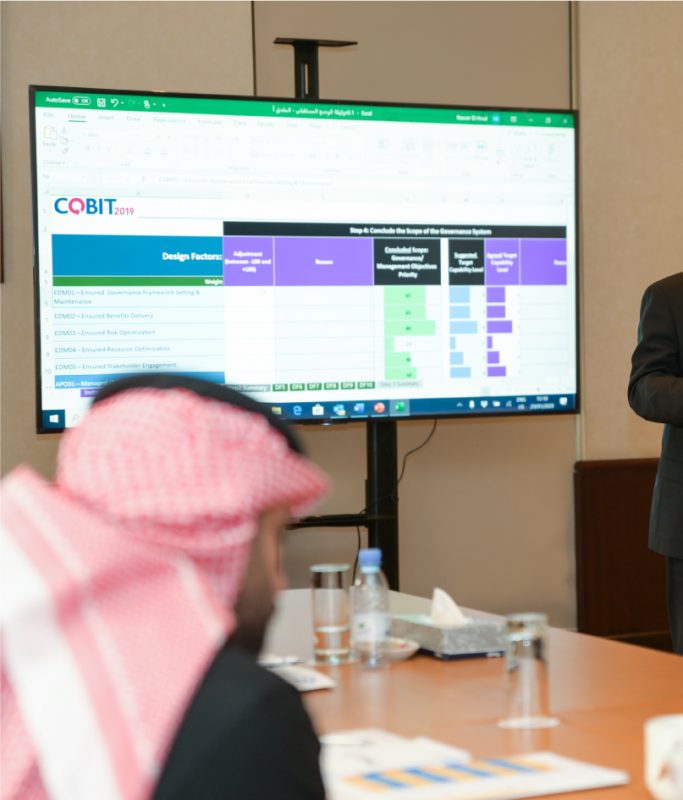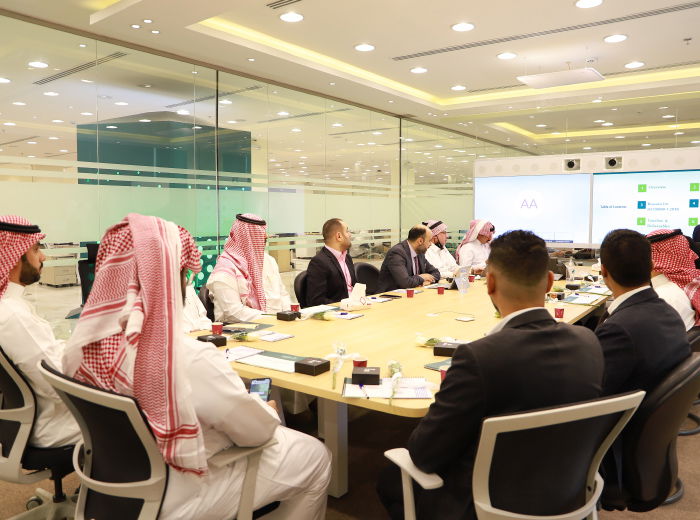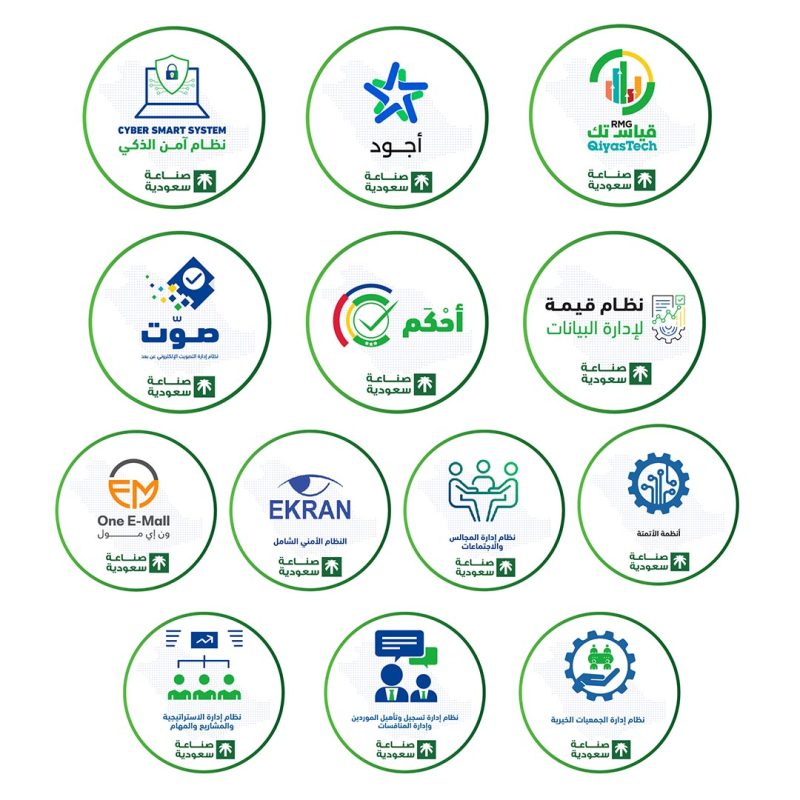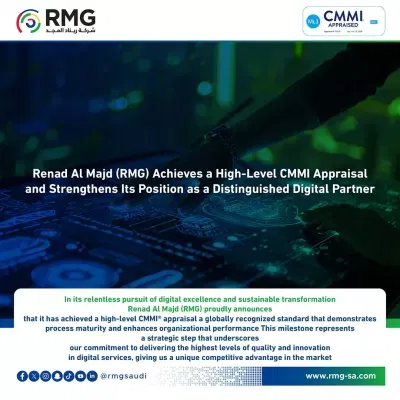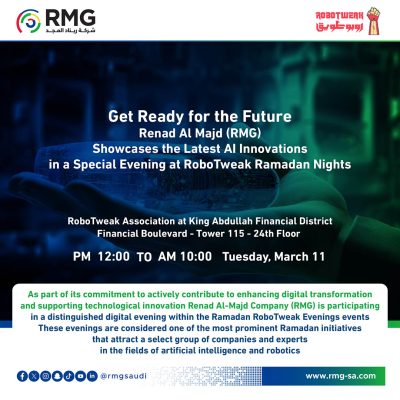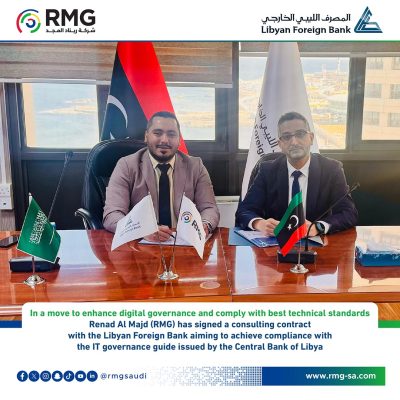Blog Body
Explore the depths of the digital divide: its definition, causes, various types, and its impact on the Arab world. Discover possible solutions and RMG’s leading role in bridging this gap to achieve digital inclusion.
In an era dominated by technology and characterized by the rapid flow of information, digital connectivity has become the lifeblood of modern life and a key driver of economic and social development. However, not everyone enjoys equal opportunities to access and benefit from digital tools and resources. This is where the issue of the digital divide emerges as one of the most pressing challenges of the 21st century—a gap separating those with access to information and communication technology (ICT) and the ability to use it effectively, from those who lack such access. Understanding and addressing this divide is no longer a luxury—it is an urgent necessity to achieve equitable and sustainable development for all.

What Is the Digital Divide? Understanding the Concept and Its Dimensions
To answer the question “What is the digital divide?”, it can be defined as the disparity in levels of access to and usage of ICT across individuals, communities, geographic regions, and countries. This gap extends beyond merely owning a computer or smartphone and having internet access. It also encompasses the quality of connectivity, service costs, digital literacy, and the availability of relevant and useful digital content. It is a multifaceted issue that affects opportunities in education, employment, healthcare, civic participation, and economic growth.
Types of Digital Divide: More Than Just Access
The digital divide is often oversimplified, yet it takes multiple forms that go beyond the basic split between the “haves” and “have-nots.” The key types include:
- Access Divide: The most common form, referring to disparities in physical access to ICT infrastructure such as broadband networks and digital devices (computers, smartphones).
- Usage Divide: Even with access, disparities can exist in how often and how effectively people use technology. This is tied to digital skills, the relevance of online content to users’ lives, and motivation to use technology.
- Skills Divide: This concerns the ability to use technology efficiently. It includes basic skills for operating devices and software, searching for and evaluating information, communicating online, and ensuring digital safety.
- Quality Divide: Refers to differences in the quality of access, including internet speed and stability, the type of devices used, and the sophistication of available software and applications.
The Digital Divide Between Developed and Developing Nations: A Global Gap
The digital divide between developed and developing countries is stark. While developed nations enjoy advanced infrastructure, high internet penetration rates, and widespread digital literacy, many developing nations still struggle to provide even basic digital access. This results in economic and educational disparities, making it harder for developing countries to integrate into the global digital economy and leverage its vast potential. The consequence is a deepening of global inequality and a hindrance to sustainable development efforts.
Causes of the Digital Divide: Interconnected and Complex Factors
The digital divide stems from multiple overlapping factors, making it a complex challenge to resolve. Key causes include:
- Economic Factors: The economic status of individuals and countries plays a major role. High costs for devices and internet services present a significant barrier for low-income communities. Additionally, underinvestment in digital infrastructure worsens the issue in less developed nations.
- Infrastructure Deficiencies: Poor or non-existent communications infrastructure—especially in rural or remote areas—limits access to high-speed internet.
- Education and Digital Literacy: Even where access exists, lack of the skills needed to use technology effectively poses a significant hurdle. Traditional illiteracy compounds the difficulty of acquiring digital skills.
- Social and Demographic Factors: The digital divide can be influenced by age (generational gap), gender (gender gap in some societies), geographic location (urban-rural gap), and education levels.
- Policy and Regulation: The absence of supportive governmental policies or the presence of restrictive regulations can hinder the expansion of digital access.
- Content and Language: A lack of digital content in local languages or content that meets specific cultural needs reduces the value and appeal of the internet for some users.
The Digital Divide in the Arab World: Reality and Challenges
The Arab region faces unique challenges when it comes to the digital divide. Despite notable progress in some countries—particularly in the Gulf—there are still significant disparities within and between nations. These challenges include:
- Wide gaps in income levels and infrastructure quality across Arab countries.
- Persistent rural-urban divide in internet access and usage.
- The need to expand digital literacy programs and skill development across large segments of the population.
- The importance of producing rich, diverse Arabic digital content that meets user needs.
- Political and economic instability in certain areas, affecting investment in the telecommunications sector.
Bridging the Divide: Towards a More Inclusive Future
Addressing the digital divide requires integrated, sustained efforts from governments, the private sector, and civil society. Key proposed solutions include:
- Infrastructure Investment: Expanding broadband networks—especially in underserved regions—and leveraging alternative technologies such as satellite internet.
- Cost Reduction: Implementing policies to make digital devices and services more affordable, and subsidizing access for low-income groups.
- Enhancing Digital Skills: Launching widespread training programs to eliminate digital illiteracy across all age groups, and integrating digital skills into educational curricula.
- Developing Local Content: Encouraging the creation of Arabic-language digital content that reflects local interests and needs.
- Public-Private Partnerships: Strengthening cooperation to implement infrastructure projects and training initiatives.
- Supportive Policies: Creating regulatory frameworks that promote competition, attract investment, and ensure universal access.
RMG: A Leader in Shaping an Inclusive Digital Future
Amid these challenges and opportunities, pioneering companies are playing a vital role in accelerating digital transformation and actively working to bridge the digital divide. RMG (Rinad Al Majd Group) stands out as a leader in this field. The company is committed to delivering innovative digital solutions and integrated services that empower individuals, organizations, and communities to fully benefit from the digital age.
RMG recognizes that technology is not an end in itself, but a means to achieve sustainable development and human well-being, and that fair and inclusive access to digital tools is the cornerstone of a prosperous future. Through its extensive expertise and specialized teams, the company contributes to building robust and reliable digital infrastructure and delivering efficient, accessible, and user-friendly solutions.
RMG’s Initiatives: Practical Solutions for a Digital Challenge
RMG’s role goes beyond offering conventional tech services. The company designs and implements strategic initiatives aimed at tackling the root causes of the digital divide. RMG crafts tailored solutions to meet the unique needs of various sectors and regions—from providing advanced communication systems in remote areas, to developing digital learning platforms that boost digital literacy, to consulting with government and private entities on effective digital transformation strategies.
RMG firmly believes in local capacity building, and through its programs, seeks to transfer knowledge and empower national talent to actively participate in managing and developing the digital ecosystem. The company’s commitment to innovation, quality, and partnership makes it a key player in efforts to ensure that no one is left behind on the path to digital progress.
A Shared Responsibility and a Promising Partnership with RMG
The digital divide is not just a technological issue—it is a developmental and social challenge with profound implications. Bridging this gap requires a clear vision, targeted investments, and close collaboration among all stakeholders. Technology has proven its ability to transform lives for the better—but its benefits must be made available to all, without discrimination.
In this spirit, we invite governments, private sector organizations, and civil society institutions committed to achieving digital inclusion and sustainable development to explore collaboration opportunities with RMG. With its extensive experience, innovative solutions, and strong commitment, RMG represents a strategic partner capable of meaningfully contributing to building a more equitable and prosperous digital future for the region and the world.
Let us unite to turn digital challenges into real opportunities for growth and progress—for everyone



